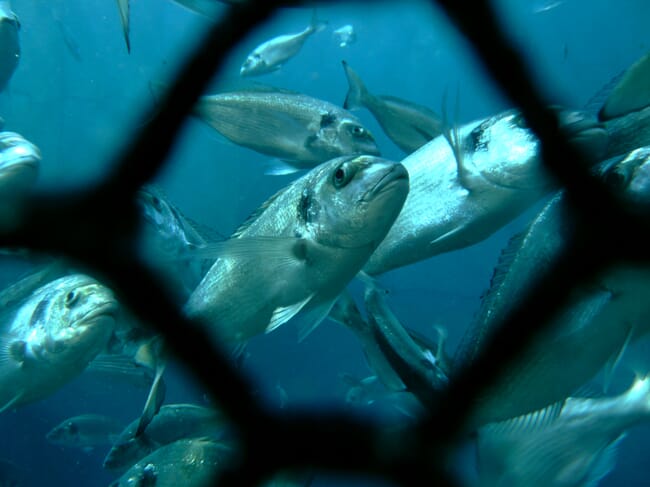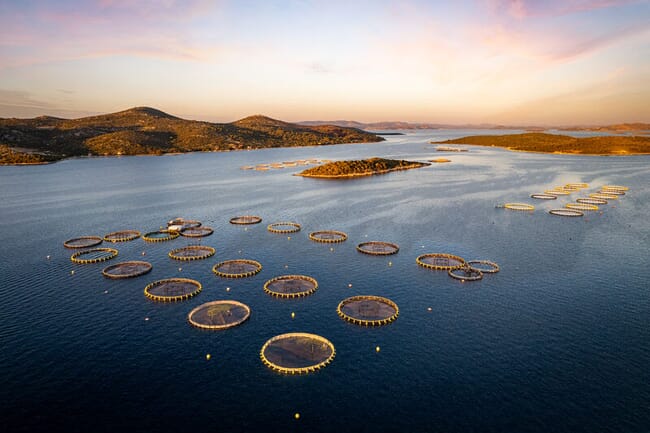
Household expenditure on fish and seafood in the EU-27 grew by 7 percent from 2020 © Pablo Arechavala Lopez
EUMOFA has released the 2022 Edition of The EU Fish Market. The publication is a comprehensive analysis of the global and EU fishery and aquaculture market. It replies to questions such as what is produced/exported/imported, when and where, what is consumed, by whom and what are the main trends.
Covid-19 continues to impact seafood consumption
In 2021, household expenditure on fish and seafood in the EU-27 grew by 7 percent from 2020, continuing the upward trend already registered between 2019 and 2020. This was much higher than the 1.5 percent inflation of prices for fishery and aquaculture products, suggesting that EU households had indeed spent more money for these products, most likely due to the lasting effects of the Covid-19 pandemic, which led to an increase in stay-at-home requirements and thus in consumption at home. Nonetheless, according to Euromonitor estimates, also out-of-home consumption increased, a growth expected to continue and then stabilise during 2024-2026.
The EU trade balance deteriorates further
Due to increased imports and decreased exports, the deficit in 2021 was 10 percent or €1.80 billion higher than in 2020. The total value of imports increased more than volumes, as a result of an increase in the prices which can be partly explained by the euro’s depreciation against the Norwegian krone, which made imports from Norway, one of the major EU suppliers, more expensive. Further, there was a significant increase in high-valued species mainly destined for the HoReCa sector, which gradually started to re-open.
Decade lows in supply and apparent consumption
From 2019 to 2020, both imports and production from fishery and aquaculture dropped, the latter being the major contributor to a decrease in total supply, which reached one of its lowest amounts registered in the 2011-2020 decade. These reductions can be seen in relation to the consequences of the pandemic on the sector in terms of adverse impacts on logistics, which concerned several stages of the supply chain and the international flows of goods, as well as on production activities. Exports decreased as well; nonetheless, the estimated EU apparent consumption (which is the result of total supply minus exports) totalled 10.41 million tonnes of live weight equivalent (23.28 kg per capita) in 2020, which also represented a decade low. In contrast with the negative trend at EU level, there were slight increases for a few countries, the highest being that estimated for Bulgaria (+6 percent).
The EU’s major species breakdown
Salmon
Strong increase in the value of EU imports from 2020 to 2021, accompanied by a moderate increase in imported quantities due to the re-opening of the HoReCa segment.
Tuna
In 2020, tuna fillets imports replaced whole tuna as the main imported product to the EU. The trend continued in 2021, with imported fillets ending around the same quantities as in 2020 at around 190,000 tonnes, while imports of whole tuna dropped by 21 percent. As per end August 2022, the import gap continued widening. Steep rise in import prices was recorded for the first 8 months of 2022.

EU production of seabass and seabream is expected to grow in 2022 as prices have posted a sharp increase in the first half of 2022. © Cormaris
Alaska pollock
EU imports ended a 10-year low in 2021, due to lower accessibility of product from China. Also, during the pandemic, the pollock produced in the US gained popularity on the US market due to its favourable price, leading to reduced availability on the EU market. On the other hand, EU imports of Alaska pollock from Russia grew by 29 percent and 31 percent in terms of quantity and value, respectively, from 2020 to 2021. Despite the Russian war of aggression against Ukraine, EU imports of Russian pollock continued on all-time high level in the first half of 2022.
Atlantic mackerel
EU exports ended the highest in 4 years in 2021. In the first 8 months of 2022, export prices have risen by around 20 percent, driven by strong demand from Asian and African markets. By the end of September 2022, Norway, Iceland, the Faroe Islands and the UK landed 3 percent more mackerel than in the same period in 2020.
Seabass and seabream
EU aquaculture production of both species in 2021 increased more than global production (including the EU). Trade flows between Member States showed a 6 percent increase in prices for seabass and 3 percent decrease for seabream compared with 2020. EU production in 2022 is expected to continue to grow. The prices have increased steeply in the first half of 2022.




